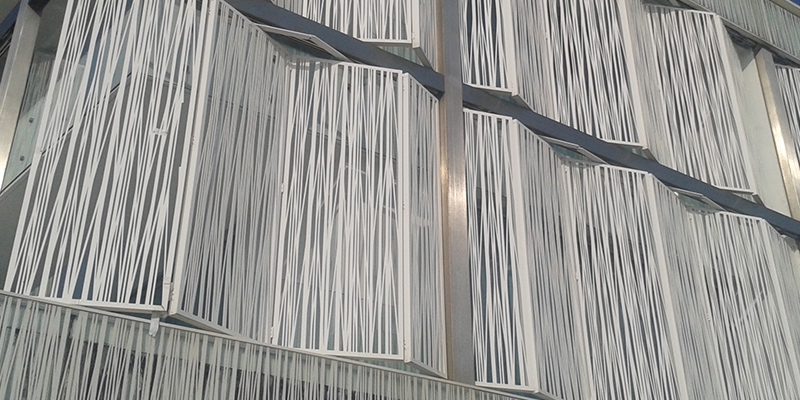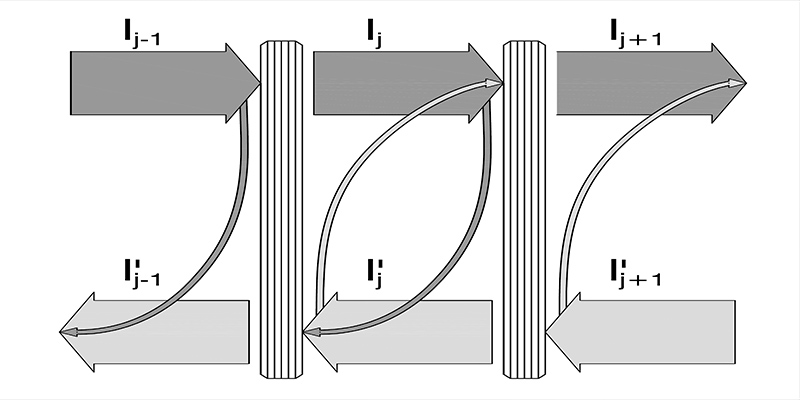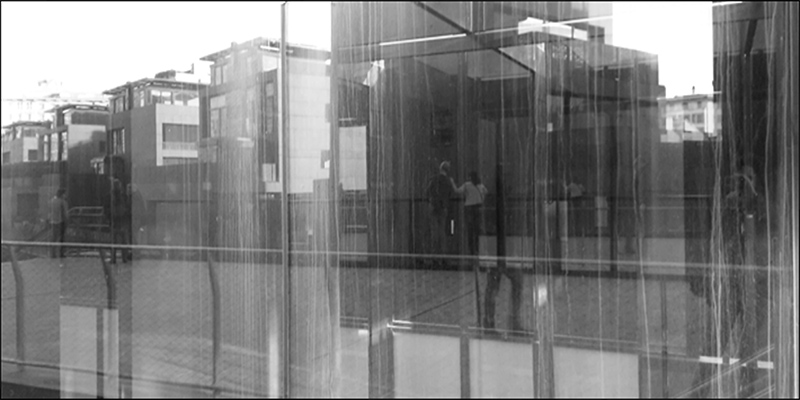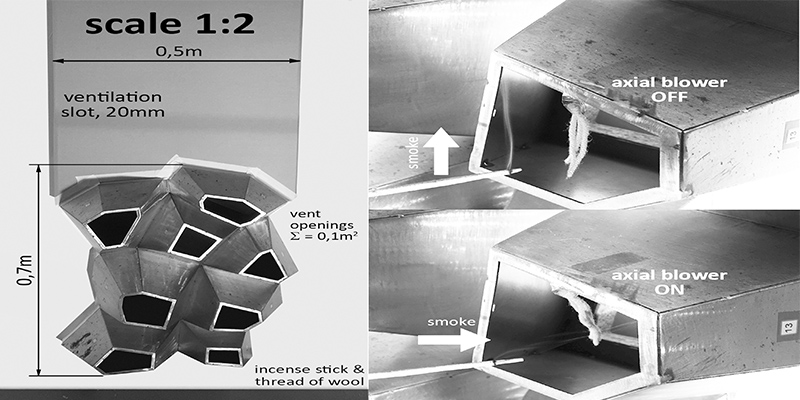Editorial
-
Dear JFDE Readers and Authors,
After four volumes of JFDE we can conclude that JFDE is still being seen as a ‘young’ journal just as the scientific area it is aiming to serve. In the past, building envelope related papers have been published in structure or building physics related journals. But with the development of the professional field the scientific community grows as well, and with it JFDE is enjoying more and more acknowledgement.
One result is that we have been able to become the scientific partner of...
Articles
-
The transmission and distribution of light through Complex Fenestration Systems (CFS) impacts visual comfort, solar gains and the overall energy performance of buildings. For most fenestration, scattering of light can be approximated as the optical property of a thin surface, the Bidirectional Scattering Distribution Function (BSDF). It is modelled in simulation software to replicate the optical behaviour of materials and surface finishes. Data-driven BSDF models are a generic means to model the irregular scattering by CFS employing measured or computed data-sets. While...
-
The oil crises of the 1970s increased the awareness of energy efficiency. Over the past forty years, single- and double-glazed windows have evolved into a range of modern insulating glass solutions for windows and facades. In the mid-1990s the climatic loading of double-glazed units (DGUs) was investigated and design rules were developed for use in practice. Even though those rules were at the time developed for DGUs, they have recently also been used for the design of modern triple-glazed units (TGUs) and multilayer facade systems. So far, no research has posed the question whether this...
-
Façade maintenance has become a key aspect in building management, due the specific actions involved and operation related costs. In this frame, the application of titanium dioxide photocatalytic sol-gel products on façade elements offers a wide range of opportunities to ensure proper functionalities maintenance overtime. This paper illustrates the self-cleaning performance of titanium dioxide and silicon dioxide based coatings applied to different kind of cladding materials. All tested samples were opaque. Preliminary laboratory tests were performed to verify hydrophobic and hydrophilic...
-
This paper deals with the greening of claddings and the cooling of buildings from the perspective of a bionic scientist or an industrial designer. Reflections on a new building cover shall early enough show an approach to the containment of future problems in the often predicted ‘urban future’. The development of a concept for a greened cooling cladding happens through the transition of bionic-mathematical principles, which have been considered only a little here so far. The paper begins with a summary of the public debate about the topics urbanization and climate change. The...





